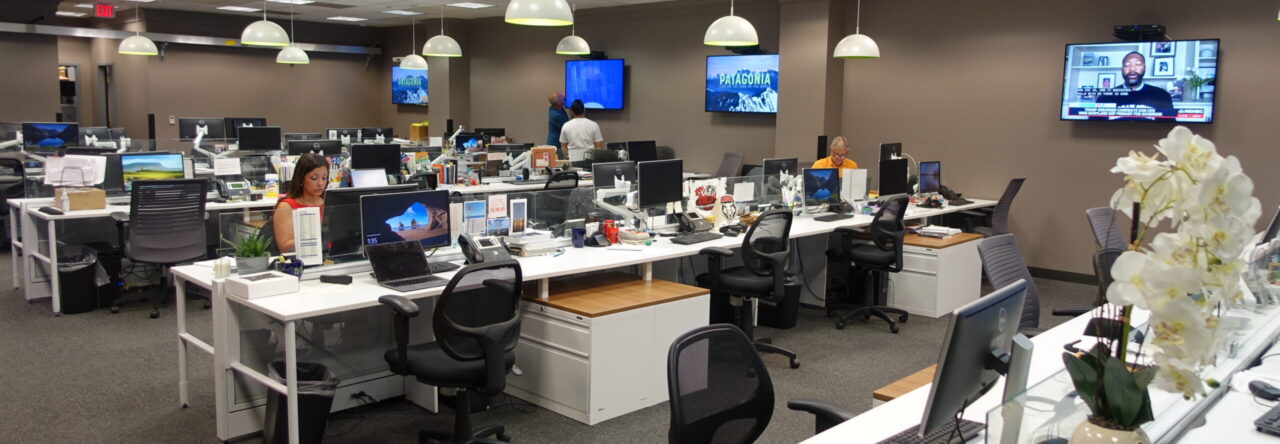
From The Huntington News’ Instagram feed.
The Huntington News, the independent student newspaper that covers all things Northeastern, is featured in a Nieman Lab roundup of how college papers have been covering pro-Palestinian encampments and protests on their campuses. Lab reporter Sophie Culpepper interviewed outgoing editor-in-chief Eli Curwin and his successor, Sonal Cutler, as well as student journalists at The Daily Texan at UT Austin, the Daily Trojan at the University of Southern California and The GW Hatchet at George Washington University.
The Northeastern encampment ended almost as quickly as it began — it popped up on Centennial Common on Thursday, April 25, and was cleared out by police that Saturday morning. But though the protest may have been shorter than on many other campuses, which in some cases are ongoing, it was no less fraught.
“It was very intense, and you kind of just were full of adrenaline until you had to step away,” Curwin told Culpepper. He added, though, that the chance to cover such an important story “was really cool, because it was like, this is what we’ve been learning about; this is what we’ve been practicing for.” The News had students at the site reporting around the clock right from the beginning. I should note, too, that Northeastern co-op students have been on the team covering the encampments for The Boston Globe, and Cutler has been covering protests for the Chronicle of Higher Education.
Culpepper also wrote about the difficulty of reporting on pro-Palestinian demonstrators who are protesting the actions of the Israeli government and how that has gotten caught up in the Jewish identity of many of the students — including journalists:
Curwin and Cutler are both Jewish, and Curwin has family in Israel. Well before October 7, “this issue has been … something I constantly think about,” Curwin told me. The divided campus, “people constantly criticizing or scrutinizing our coverage,” and his personal background all amounted to “a very stressful semester.”
Many of the critical Instagram comments the publication has received are along the lines of “you guys must hate Jewish people,” as Curwin said, or “you don’t care about Jewish voices,” as Cutler put it. They, like all five student journalists I spoke with across four publications, described a deep commitment to doing their best to represent everyone’s perspectives fairly and accurately.
Two other points I think are worth nothing. First, The Huntington News has been unable to get arrest records from the campus police because they are a private agency not bound by the state’s public records law. That ought to change, since they have some official police powers. Second, even with social media having falling into a morass over the past few years, the News still relies heavily on Twitter/X and Instagram. Cutler and Curwin said the News’ website is mainly accessed by parents and faculty, while the students themselves rely on social media.
Earlier:
Leave a comment | Read comments








